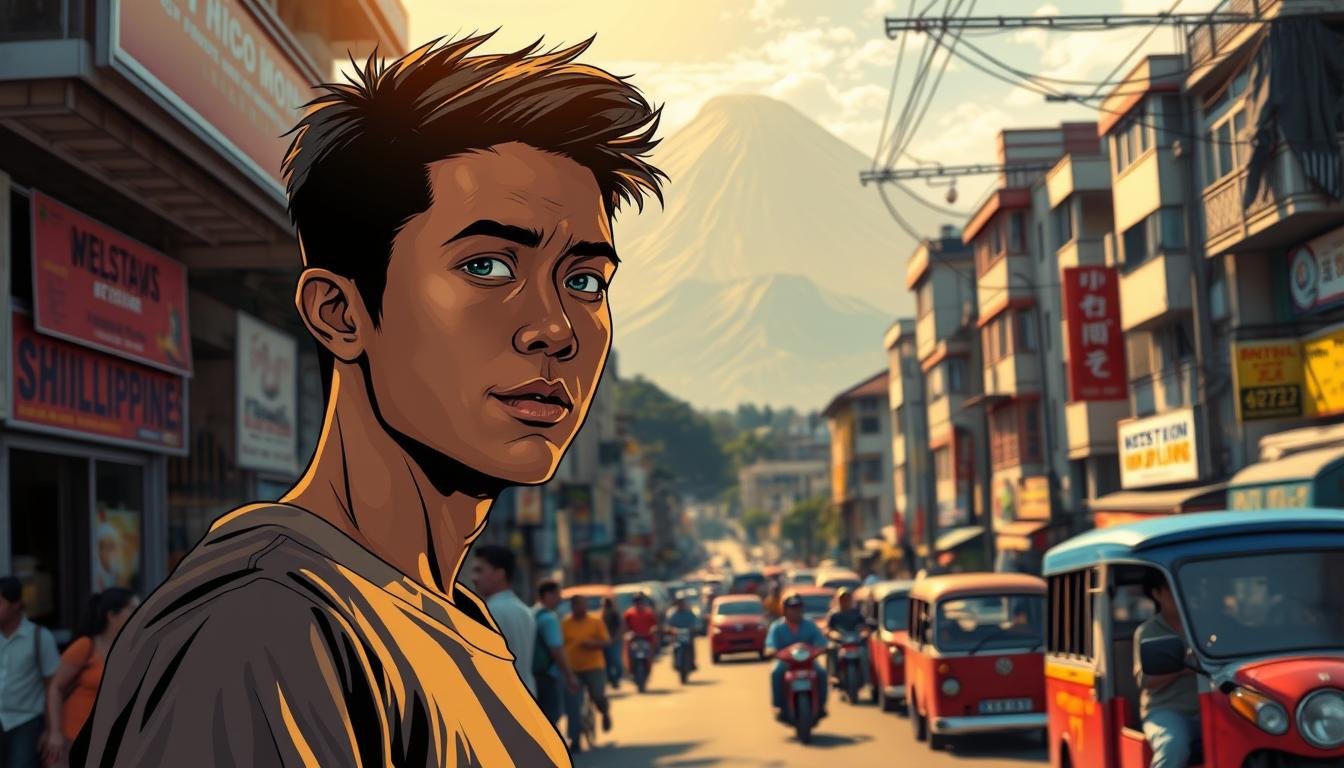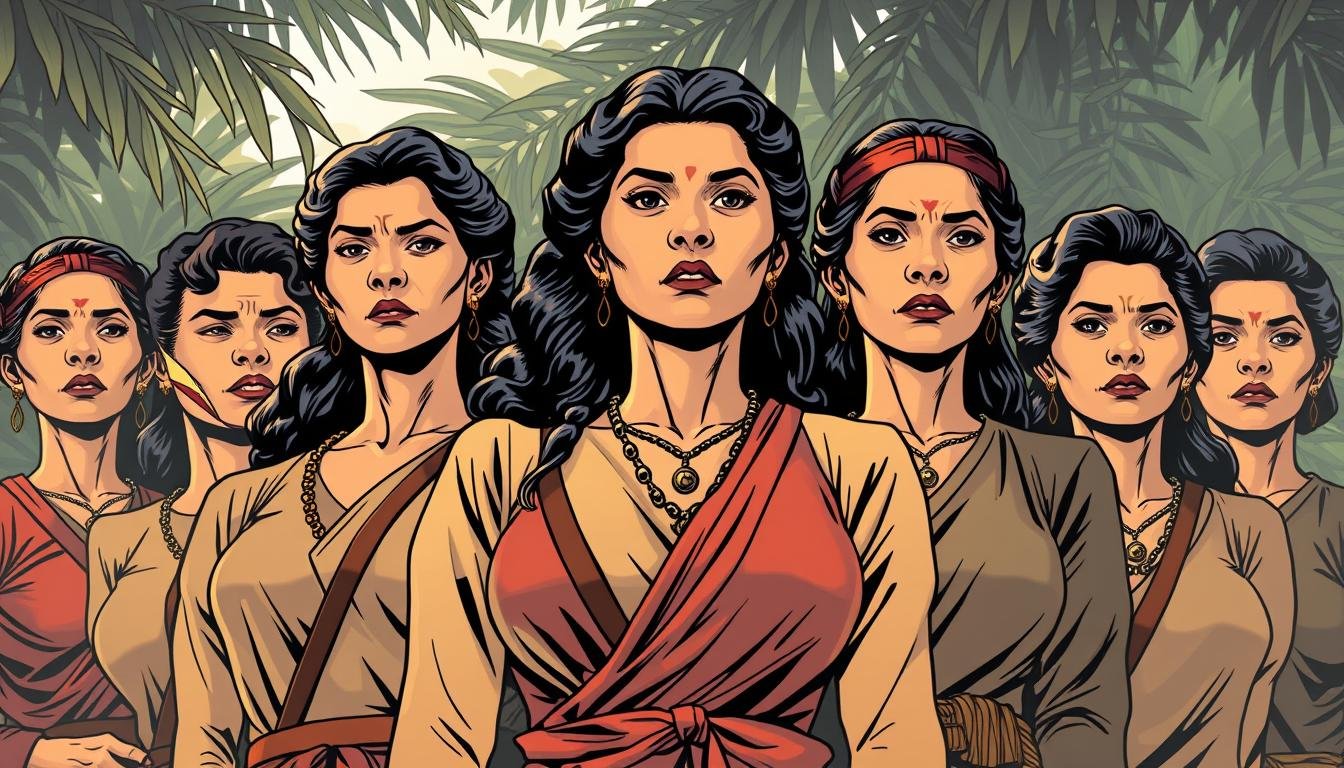Did you know that during the Spanish colonial era, over 80 terms were used to describe people of mixed ancestry? This linguistic diversity reflects the complex social hierarchies that emerged during this period. The term “mestizo,” originating from this era, has since evolved to symbolize cultural blending and mixed heritage. In the Philippines, the mestizo…
Spanish Colonial Period (1521-1898)
The Execution of Rizal: A Catalyst for Independence
On December 30, 1896, the death of Jose Rizal marked a pivotal moment in Philippine history. His trial, which began on December 26 and concluded with his sentencing on December 29, was a turning point that ignited the flames of revolution. Rizal’s calm demeanor during his final moments at Manila‘s Luneta Park inspired countless Filipinos…
The Development of Filipino Cuisine Under Spanish Influence
Did you know that over 377 years of Spanish colonial rule left an indelible mark on the Philippines? This influence is most evident in the country’s rich culinary traditions. The blending of indigenous ingredients with Spanish techniques created a unique food culture that continues to thrive today. Spanish settlers introduced ingredients like tomatoes, garlic, and…
The Impact of Spanish Architecture on Philippine Cities
Did you know that over 90% of the Philippines’ historic churches were built during the Spanish colonial period? This remarkable fact highlights the profound influence of Spain on the country’s architectural landscape. From the 16th to the 19th century, Spanish architecture shaped the identity of Philippine cities, leaving behind a legacy that continues to captivate…
The Rise of Filipino Nationalism: Seeds of Revolution
Did you know that over 200,000 Filipinos lost their lives during the struggle for independence against colonial powers? This staggering number reflects the deep-rooted desire for freedom that shaped the history of the Philippines. For more than three centuries, Spanish colonial rule dominated the country, influencing its culture, economy, and politics. However, this period also…
The Development of Filipino Literature in Spanish
Did you know that only 541 books were published in the Philippines between 1593 and 1800? This surprising fact highlights the slow but profound evolution of Philippine literature during the Spanish colonial period. From indigenous oral traditions to written narratives, the country’s literary heritage underwent a dramatic transformation. Spanish colonization introduced a new language and…
The Role of the Catholic Church in Education and Social Welfare
Did you know the Catholic Church is the largest non-government provider of education and healthcare worldwide? With over 20,000 schools and 1,500 universities, it serves millions globally, shaping lives and communities. Founded on the teachings of Jesus Christ, the Church has a rich history dating back to ancient Rome. Its mission extends beyond faith, focusing…
The Role of Women in the Philippine Revolution
Did you know that women make up 43% of the global agricultural labor force? This statistic highlights their undeniable influence across societies. In the Philippines, their impact extends far beyond farming. During the Philippine Revolution, women played a transformative part in shaping the nation’s history. The revolution, which began in 1896, was not just a…
The Role of the Governor-General in Spanish Colonial Rule
Did you know that the position of the governor-general in the Philippines lasted for over 380 years? From 1565 to 1945, this role was pivotal in shaping the country’s colonial history. As the chief executive, the governor-general acted as the direct representative of the Spanish Crown, overseeing the administration of the government and ensuring the…
The Propaganda Movement: Reform or Revolution?
Did you know that by the late 19th century, over 100,000 Filipinos were part of a growing call for change under Spanish colonial rule? This period marked the rise of the Propaganda Movement, a campaign led by Filipino intellectuals seeking reforms in the Philippines. Figures like José Rizal and Graciano López Jaena used newspapers and…










